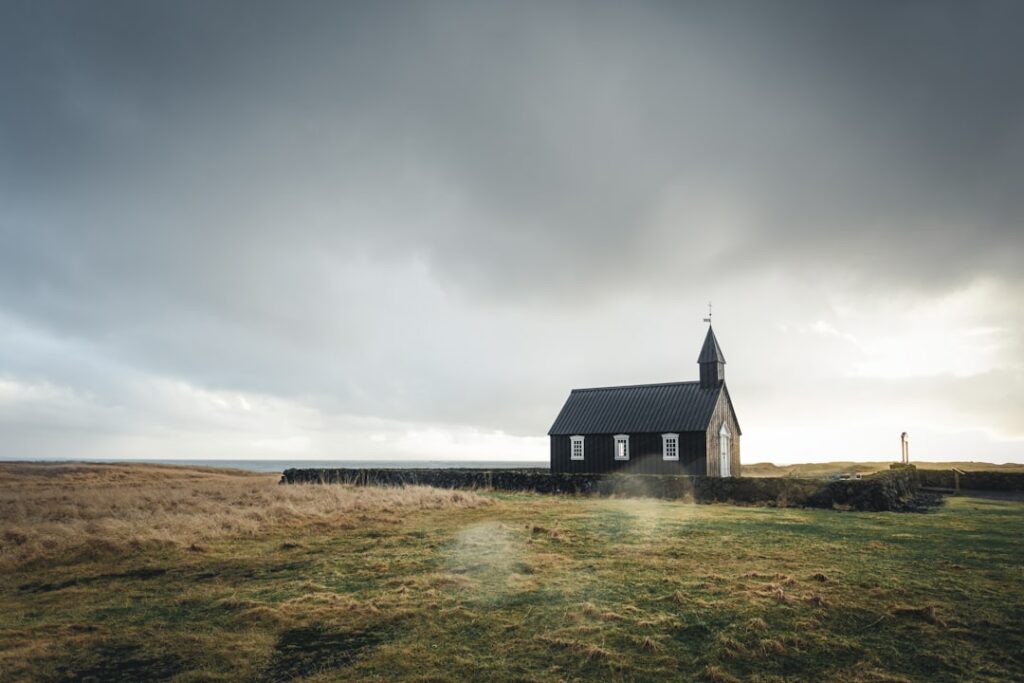The Order of Service is a vital component of many significant events in British culture, particularly in religious and ceremonial contexts.
It serves as a guide for participants and attendees, outlining the sequence of events and providing a framework for the occasion. Whether it is a wedding, a funeral, or a church service, the Order of Service plays an essential role in ensuring that everything runs smoothly and that everyone knows what to expect.
You may find that it not only helps to structure the event but also enhances the overall experience by allowing individuals to engage more fully with the proceedings. As you delve deeper into the concept of the Order of Service, you will discover that it is much more than just a list of activities. It encapsulates the essence of the occasion, reflecting its significance and the values held by those involved.
The careful selection of readings, hymns, and prayers can evoke powerful emotions and create a sense of unity among participants. In this article, you will explore the rich history, structure, and cultural importance of the Order of Service in British society, as well as its evolution over time.
Summary
- The Order of Service is a traditional part of British culture, particularly in religious and ceremonial events.
- The history of the Order of Service dates back centuries and holds significant cultural and religious importance in British society.
- A traditional British Order of Service typically includes components such as hymns, readings, prayers, and music.
- Music and hymns play a crucial role in setting the tone and atmosphere of a British Order of Service.
- Readings and prayers are integral to the Order of Service, providing spiritual and reflective moments for participants.
The History and Significance of the Order of Service in British Culture
The origins of the Order of Service can be traced back to ancient religious practices, where rituals were meticulously documented to ensure their proper execution. In Britain, this tradition has evolved over centuries, influenced by various religious denominations and cultural shifts. The Church of England, for instance, has played a pivotal role in shaping the modern Order of Service, particularly through the Book of Common Prayer, which has provided a framework for Anglican worship since its first publication in 1549.
As you explore this history, you will see how the Order of Service has become a reflection of societal values and beliefs. The significance of the Order of Service extends beyond its historical roots; it is also a means of fostering community and connection among individuals. During significant life events, such as christenings or memorial services, the Order of Service serves as a tangible representation of shared beliefs and traditions.
It allows you to participate actively in the event, whether through singing hymns or reciting prayers. This sense of belonging is particularly important in times of grief or celebration, as it reinforces the idea that you are part of something larger than yourself.
The Structure and Components of a Traditional British Order of Service

A traditional British Order of Service typically follows a structured format that guides attendees through the event. You may notice that it often begins with an opening hymn or song, setting the tone for what is to follow. This is usually followed by an introduction or welcome from the officiant, who may provide context for the occasion and outline its significance.
As you engage with this structure, you will find that it helps to create a sense of anticipation and reverence. In addition to hymns and introductions, the Order of Service usually includes readings from scripture or literature that resonate with the theme of the event. These readings are carefully chosen to reflect the values and beliefs of those involved, providing an opportunity for reflection and contemplation.
Following the readings, prayers are often offered, allowing participants to express their hopes and intentions collectively. The Order of Service may conclude with a final hymn or blessing, leaving attendees with a sense of closure and connection.
The Role of Music and Hymns in the Order of Service
Music plays an integral role in the Order of Service, serving as both a form of expression and a means of enhancing the emotional atmosphere. Hymns are particularly significant in British culture, often drawing on centuries-old traditions that resonate deeply with congregations. As you participate in these musical moments, you may find that they evoke powerful feelings and foster a sense of unity among attendees.
The selection of hymns is typically reflective of the occasion’s theme and can vary widely depending on personal preferences and cultural influences. You might encounter traditional hymns that have been sung for generations alongside contemporary pieces that resonate with modern sensibilities. Regardless of their origin, hymns serve to uplift spirits and create an environment conducive to reflection and connection.
In this way, music becomes a vital thread woven throughout the fabric of the Order of Service.
The Importance of Readings and Prayers in the Order of Service
Readings and prayers are essential components of the Order of Service, providing opportunities for reflection and spiritual engagement. You may find that these elements serve to ground participants in their beliefs while also inviting them to contemplate deeper meanings associated with the occasion. The readings often draw from sacred texts or literature that holds particular significance for those involved, allowing for personal connections to be made.
Prayers offer another layer of depth to the Order of Service, providing a moment for collective intention-setting. As you join in these prayers, you may feel a sense of solidarity with others present, reinforcing shared values and hopes. Whether expressing gratitude, seeking comfort, or offering support to one another, prayers create an atmosphere conducive to healing and connection.
Together with readings, they enrich the experience and contribute to the overall significance of the event.
Traditional British Customs and Etiquette in the Order of Service

Engaging with traditional customs and etiquette during an Order of Service can enhance your experience and demonstrate respect for the occasion. In many cases, attendees are expected to dress appropriately for the event, reflecting its significance through their attire. You may notice that formal occasions often call for smart clothing, while more casual events might allow for relaxed attire.
Regardless of the dress code, being mindful of your appearance shows consideration for those involved. Another important aspect of etiquette is your behaviour during the service itself. You should be attentive and respectful throughout the proceedings, refraining from unnecessary distractions such as talking or using mobile devices.
Participating actively—whether through singing hymns or responding to prayers—can also enhance your experience while showing respect for those leading the service. By adhering to these customs and etiquette guidelines, you contribute to an atmosphere that honours the occasion’s significance.
Modern Adaptations and Variations of the Traditional Order of Service
As society evolves, so too does the Order of Service. You may find that modern adaptations reflect changing values and preferences while still honouring traditional elements. For instance, some couples may choose to incorporate personal readings or contemporary music into their wedding services, creating a unique blend that resonates with their individual stories.
This flexibility allows for greater personal expression while maintaining a connection to established customs. In addition to personalisation, technology has also influenced how Orders of Service are created and distributed. Digital formats have become increasingly popular, allowing for easy sharing among attendees who may not be able to attend in person.
This shift not only reflects changing communication methods but also highlights a growing desire for inclusivity within ceremonies. As you explore these modern adaptations, you will see how they enrich the traditional framework while ensuring its continued relevance in contemporary society.
The Continued Relevance of the Traditional British Order of Service
The traditional British Order of Service remains a cornerstone of significant life events, providing structure and meaning in an ever-changing world. As you reflect on its history and components, it becomes clear that this practice is deeply rooted in cultural values that transcend time. The ability to adapt while maintaining core elements ensures that it continues to resonate with individuals from diverse backgrounds.
In conclusion, whether you are attending a wedding, a funeral, or any other significant event, engaging with the Order of Service allows you to connect with both tradition and community. It serves as a reminder that even amidst change, there are enduring practices that bring people together in meaningful ways. As you participate in these occasions, you contribute to a rich tapestry woven from shared experiences and values that define British culture today.
If you are planning a wedding and are curious about the order of service, particularly from a humanist perspective, you might find the article “Humanist Weddings: What You Need to Know” extremely useful. This piece provides an in-depth look at what to expect during a humanist wedding ceremony, including the typical order of service, which can be quite different from traditional religious ceremonies. For more detailed insights, you can read the full article here.
FAQs
What is an order of service?
An order of service is a document that outlines the structure and content of a religious or non-religious ceremony or event, such as a wedding, funeral, or memorial service.
What is typically included in an order of service?
An order of service usually includes the sequence of events, readings, hymns, prayers, and any other elements that will take place during the ceremony or event. It may also include the names of the participants and any special instructions for the attendees.
Why is an order of service important?
An order of service helps to guide the participants and attendees through the ceremony or event, ensuring that everyone is aware of what will happen and when. It also serves as a keepsake for those in attendance.
Who creates the order of service?
The order of service is typically created by the organisers of the ceremony or event, in collaboration with any religious or officiating leaders involved. It may also be created by a professional designer or printer.
Can an order of service be personalised?
Yes, an order of service can be personalised to reflect the preferences and beliefs of the organisers and participants. This may include the inclusion of specific readings, music, or other elements that hold personal significance.

